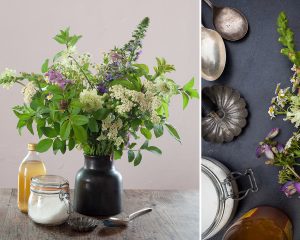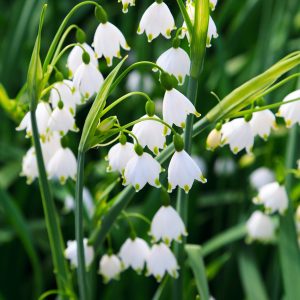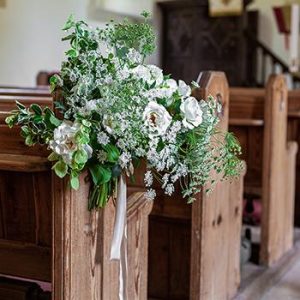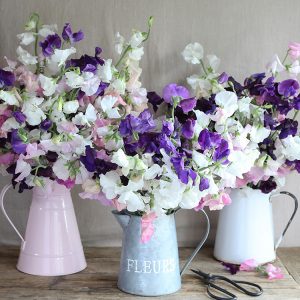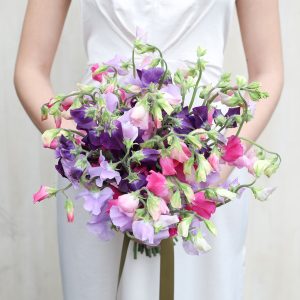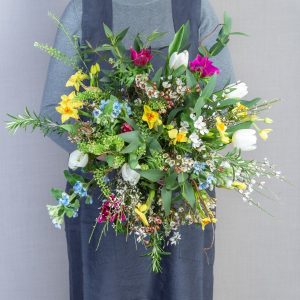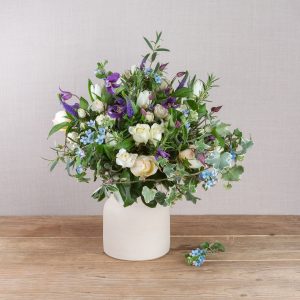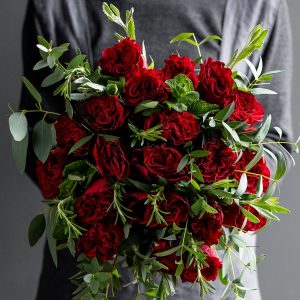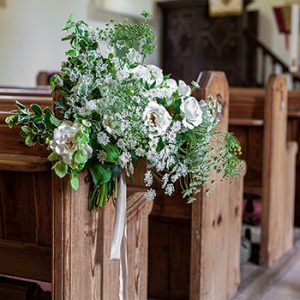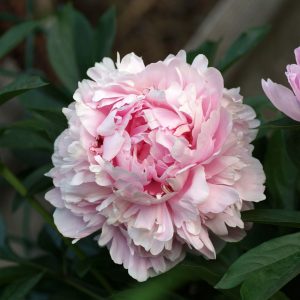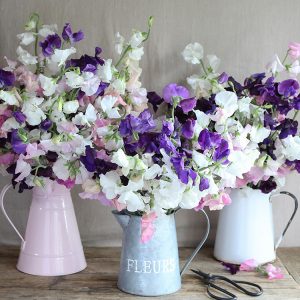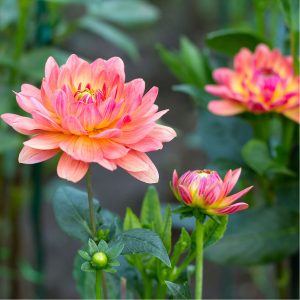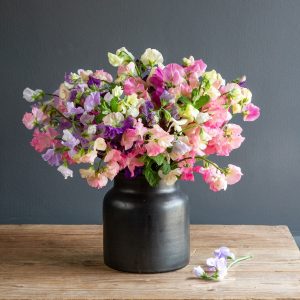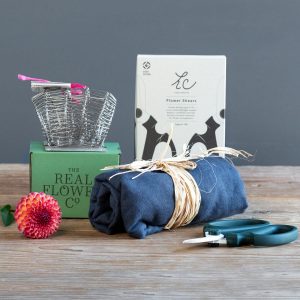10 Delightful Facts about Dahlias
10 Delightful Facts about Dahlias

Flowery History
Though they have been grown in Europe for well over two hundred years, Dahlias are thought to originate in Mexico and are that country’s national flower. Dahlias are believed to have been named by 18th-century Spanish botanist Abbé Cavanille in honor of Andreas Dahl, a Swedish scientist and environmentalist.
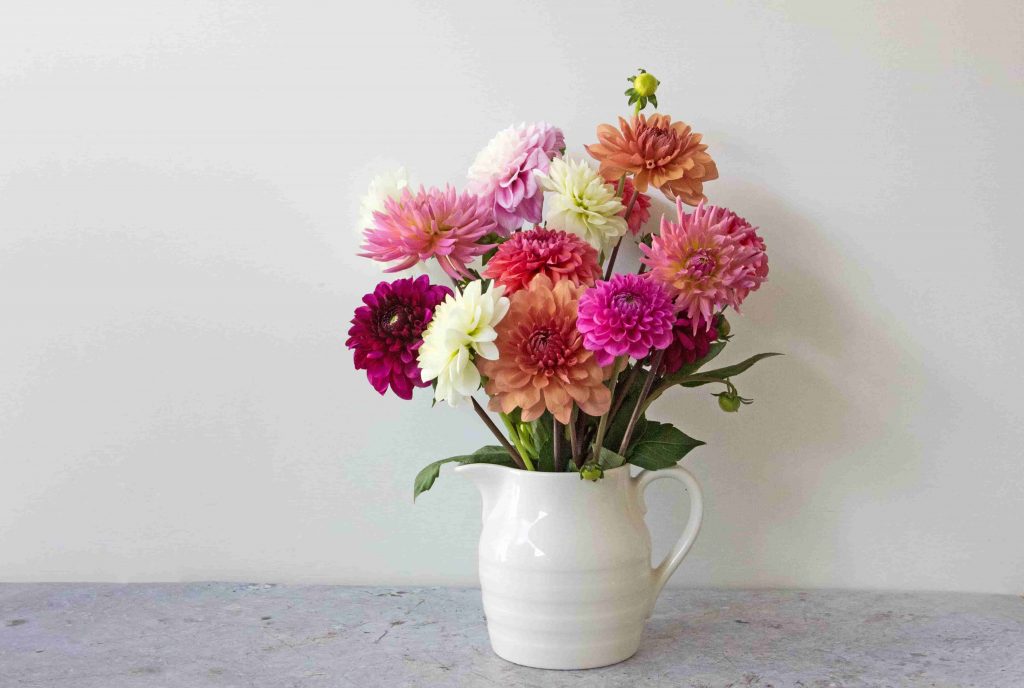
Petals or Florets?
Dahlia florets are often mistakenly called petals, even by horticulturists, but in fact every floret is a flower in its own right. Dahlias are part of the Asteraceae family, also known as the Daisy, Aster or Composite family. The name Asteraceae refers to the flowers’ appearance, which resembles a star surrounded by rays.
Vegetable Tubers
The Aztecs grew dahlia tubers as a food crop but attempts to introduce them to the European diet didn’t succeed. Can you see dahlia tubers as the next must-try vegetable?

How to Grow Dahlias
Our founder and leading horticulturist Rosebie Morton shares her tips on growing beautiful dahlias:
- Make sure you carefully pick your dahlia tubers, choosing fat, healthy-looking tubers from a reputable supplier.
- Wait until any risk of frost has passed before planting. Dahlias like to be planted in full sun and rich soil.
- Once established, make sure you keep your plants well watered. Start feeding your dahlias once a month and deadhead them regularly.
- Before the first frost carefully dig out your tubers, gently clean off any excess soil and then store them in a box of dry sand or sawdust in a dry place where the temperature will remain above 5 degrees.
Types of Dahlia
There has been much debate over the classification of dahlias. In 1904, there were officially only five types: cactus, pompom, single, show and fancy. More recently, many more types have appeared and from 2010 dahlias have been split into fourteen groups. At The Real Flower Company’s English flower farm we grow a mix of dahlias including ball dahlias, pompom dahlias, cactus dahlias, single flowered dahlias, anemone flowered dahlias and double orchid dahlias.

Nearly Every Colour of the Rainbow
Dahlias come in a huge variety of colours and like most unscented flowers they use their vibrant blooms to attract pollinating insects. Dahlias can be found in almost every colour except blue.

Sweet Petite to Dinner Plate
Dahlias come all sizes – from a dainty diameter of 2cm to show-stopping varieties known as ‘dinner plate’ dahlias, which can grow up to 25cm in diameter.
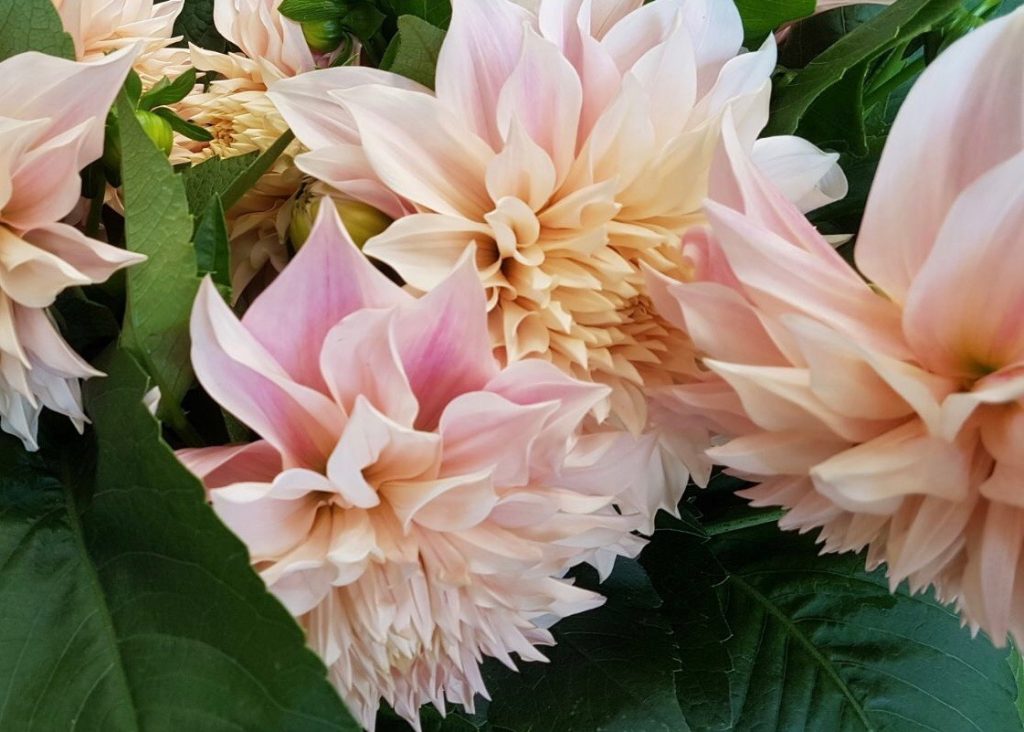
Dahlia Café au Lait
There has been a huge surge of interest in Café au Lait dahlias over the last couple of years. Café au Lait dahlias are a delicate blush-toned peachy ivory with eye-catching blooms that can grow to up to 25cm in diameter. We’re having a glorious crop of Café au Lait dahlias at our Hampshire flower farm this summer –if you are a florist interested in finding out more, you can get in touch with our trade sales team here.
Long-Lasting Blooms
To keep your cut dahlias looking their best for as long as possible, place your vase in a cool shady spot. Trim the stems regularly and change the water every couple of days. Always use the flower food provided or substitute with a teaspoon of sugar, two to three drops of bleach and a dessertspoon of vinegar.
The Meaning of Dahlias
In the language of flowers, also known as florography, dahlias represent “dignity” and “my gratitude exceeds your care”. So they are a great choice for thank you gifts. You can find velvety-burgundy English dahlias in our Summer Romance bouquet. Our London florist on Cale Street in Chelsea stocks the best of the week’s freshly picked dahlias delivered straight from our English flower farm.
RECENT POSTS
- July 2025
- August 2024
- April 2024
- March 2024
- February 2024
- June 2022
- May 2022
- April 2022
- March 2022
- February 2022
- December 2021
- October 2021
- September 2021
- August 2021
- July 2021
- May 2021
- April 2021
- March 2021
- February 2021
- January 2021
- December 2020
- November 2020
- October 2020
- September 2020
- August 2020
- June 2020
- May 2020
- March 2020
- February 2020
- January 2020
- December 2019
- October 2019
- September 2019
- August 2019
- July 2019
- June 2019
- May 2019
- April 2019
- March 2019
- February 2019
- January 2019
- December 2018
- November 2018
- September 2018
- August 2018
- July 2018
- June 2018
- May 2018
- April 2018
- March 2018
- February 2018
- January 2018
- December 2017
- November 2017
- October 2017
- September 2017
- August 2017
- July 2017
- June 2017
- May 2017
- April 2017
- March 2017
- February 2017
- December 2016
- November 2016
- October 2016
- September 2016

